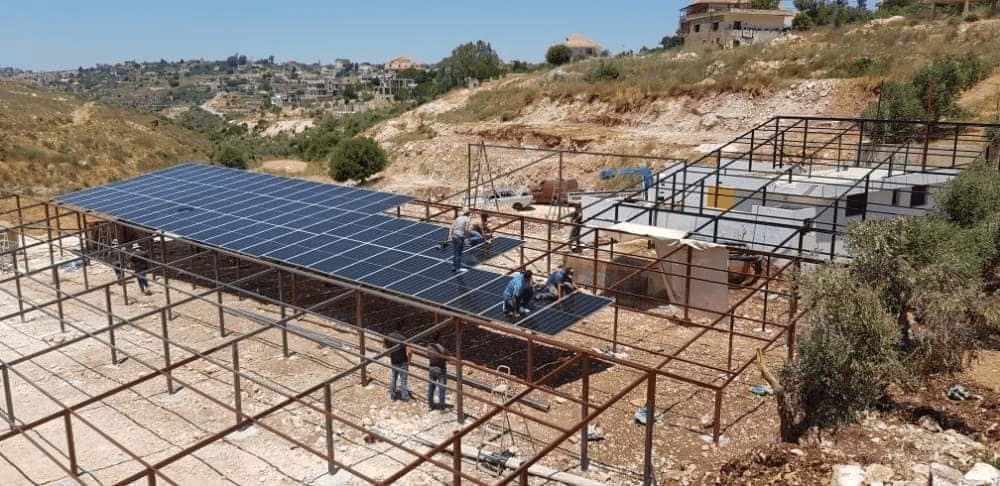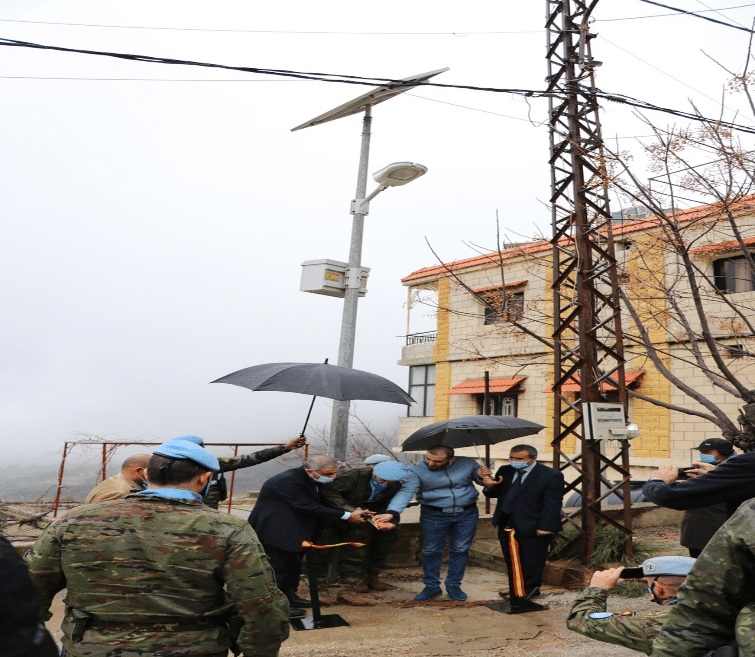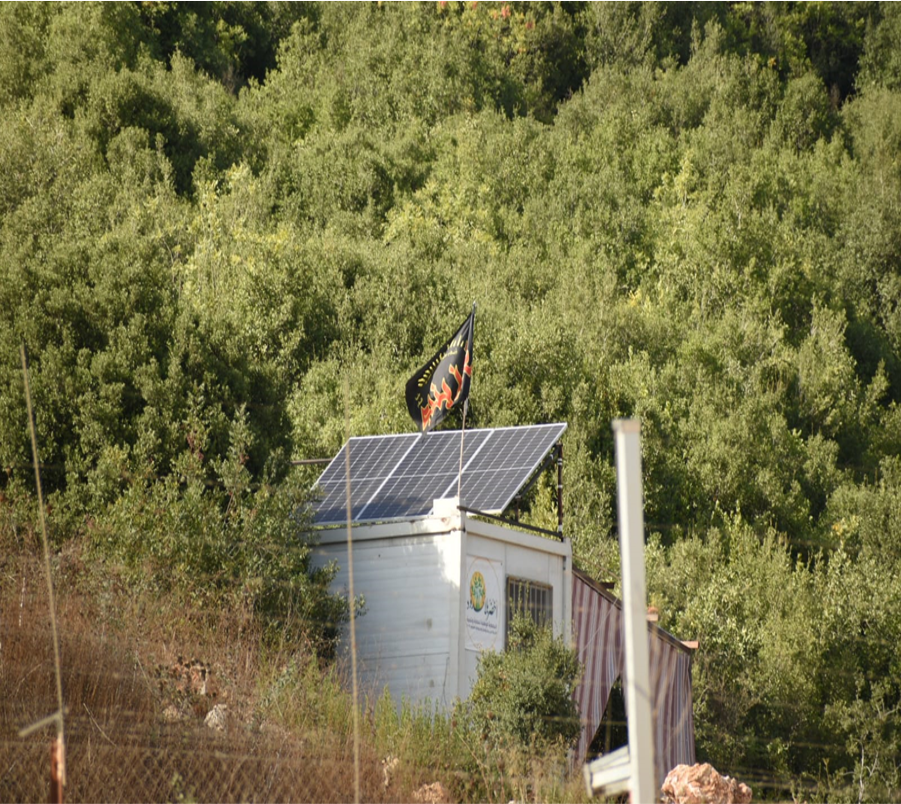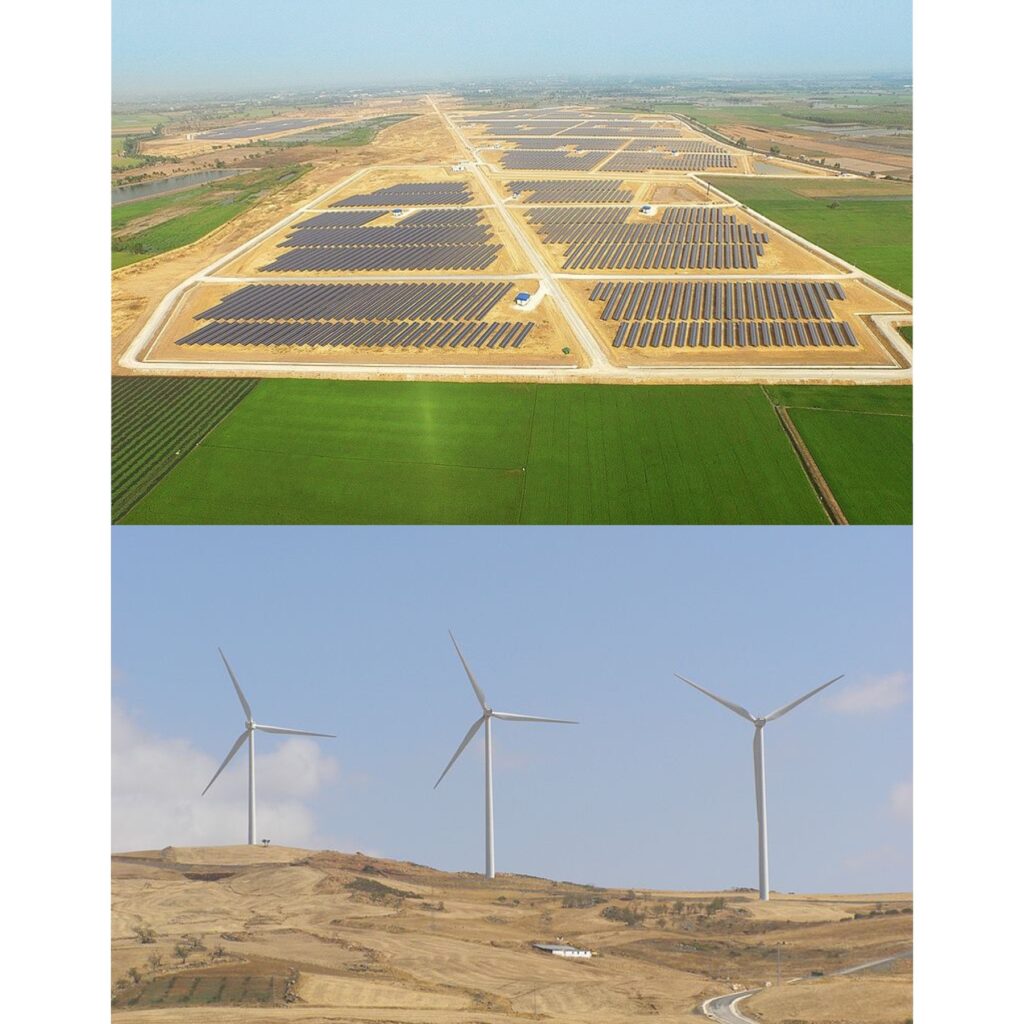Cooperation between Middle East countries received extensive publicity due to the recent climate conference held in Egypt (the COP 27 climate conference in Sharm el-Sheikh). These collaborations reveal the aspirations of these countries to work towards meeting climate goals. Although statements during and after the conference were relatively modest, the threat of a ‘climate apocalypse’ also requires countries in the Middle East to adapt to a problematic climate reality that is becoming closer than ever.
Middle Eastern countries are advancing the process of adaptation on the one hand and prevention on the other, with the search for greener investments. Some of the region’s countries are ranked in the future Arab Energy Index, which provides a detailed overview of the progress of 20 Arab countries in their transition toward an efficient energy market. Some operate not only due to the need for green energy but as part of a risk diversification model. The growing competitiveness of the Asian giants and the desire to attract foreign investment in mega-projects are also accompanied by strategic plans for a greener environment. This trend is also expected to affect the cooperation agreements between Israel and its neighbors.
The U.S. and the UAE recently signed a memorandum aimed at raising $100 billion for clean energy projects.[1] The Americans recently led another move in which Israel, Jordan, and the United Arab Emirates signed a memorandum of understanding, accelerating a trade deal to exchange solar energy for desalinated water.[2]
In the meantime, US officials and Omanis are engaged in a dialogue to open Oman’s airspace to Israeli flights. They are also discussing green energy agreements between the US and Oman as part of Oman’s desire to recruit Americans into expansive projects in order to attract additional investments to the developing Omani economy.
According to the World Bank, the state of Qatar was responsible for the highest carbon emissions per capita as of 2019. It is followed by Kuwait, Bahrain, the United Arab Emirates, and Saudi Arabia. The UAE, which also houses the headquarters of the International Renewable Energy Agency (IRENA), was the first to use nuclear power as part of its energy strategy and the first to set a zero-emissions target by 2050.
Overall investments in renewable energy in the Middle East have increased sevenfold over the past decade. From $960 million in 2011 to $6.9 billion in 2021. The UAE and Saudi Arabia support their targets with investments, including building or expanding carbon emission-free cities. According to the Bloomberg New Energy Finance report, the UAE has stated that it will invest $163 billion in clean and renewable energies by 2050. The Saudi government estimates that its green investments will reach $186 billion. Saudi Arabia invested about $1.5 billion in solar energy alone in the past year (2022), and the UAE has invested nearly $9 billion in green technology since 2017.
The Gulf states, including Saudi Arabia, understand that their industries require gradual change for the sake of future generations, and therefore they are pursuing the technological leap that will make it possible to switch to less polluting uses. These countries already operate large solar farms in Al Dhafra in Abu Dhabi and Mohammed bin Rashid solar park in Dubai.
Large companies from China, Norway, and Saudi Arabia are working to promote wind turbine projects. In this respect, they collaborate with external advisory groups that promote preliminary field surveys on energy locations that enable future expansion to place wind farms. The experts determined, among other things, that there are good wind resources in the Gulf of Suez in Egypt, Aqaba in Jordan, northwestern Saudi Arabia, and near the Gulf of Oman.
To promote the wind turbine projects, Egypt signed a contract with a consortium led by Masdar and Infinity Power Holdings, owned by Abu Dhabi, to establish a wind farm worth 11 billion dollars. Upon completion, the intention is that the project will supply electricity to Saudi Arabia and even to Europe.[3]
The “green energy trend” is also taking place in collapsing economies such as Syria and Lebanon. Syria is experiencing a wide and growing deployment of solar panels, mainly in southern Syria and parts of the rebel-controlled Idlib province. Solar panels are used to provide a more continuous electricity supply. In Lebanon, the process of green and renewable energy also seems to be gaining tremendous momentum. We are witnessing dozens of solar panel infrastructure construction projects in south Lebanon.
Some of the projects in south Lebanon are carried out under UN sponsorship (with the assistance of UNIFIL), some are sponsored directly by European countries, and a large part of these projects are under the control and funding of Hezbollah through its Executive Council. Hezbollah military positions near Israel’s border are also equipped with solar panels…



Although the “green energy trend” in Syria and Lebanon is under constraint in light of the severe shortage of diesel fuel to generate electricity. In the future, these two countries may attract investments, enabling the establishment of large solar farms to meet the population’s growing needs. In some countries, there are even large protests for environmental change.
The lateral cooperation of the region’s countries also emphasizes the need to protect energy infrastructures. Recently, Saudi Arabia and other countries have identified attempts to plan specific attacks on these infrastructures, similar to the Iranian and Houthi attacks on the Saudi oil company facilities at Aramco that have occurred in recent years. According to CNN, the United States and Saudi Arabia shared intelligence information indicating that Iran may be planning an imminent attack on energy infrastructures in the Middle East, particularly inside Saudi Arabia.
This issue further stresses the publications regarding the acquisition of Israeli defense systems. The ability to operate advanced remote-controlled air squadron UAV systems, or systems such as Spyder, promotes security cooperation between Israel and its close neighbors (see, for example, Israel’s recent participation in the Bahrain air salon). One of the goals of Israeli military officials and their counterparts in the Gulf states over the past year has been to promote security agreements and defense trade. In July 2022, Israel’s defense minister said that since the signing of the Abraham Accords, Israel has sold about $3 billion worth of defense equipment to Arab countries. At the same time, the US Army Central Command (CENTCOM) is promoting meetings between the heads of the security services in countries under CENTCOM’s responsibility, including countries that do not have official relations with Israel. The Israeli defense minister added that during 2022, representatives of the Israeli security agencies participated in about 150 such meetings with their counterparts from the Gulf states, Egypt and Jordan.
Promoting cooperation between Israeli companies, or those partially owned by Israel, with the Gulf states has been underway in recent decades. This cooperation included installing protective and monitoring systems to protect oil and gas facilities. Now that the region’s countries are moving towards green energy, Israeli companies seek to expand cooperation with them from a civilian technological angle and not only from a military aspect.
The craft of exporting knowledge and defense equipment from Israel to these countries is expected to be dominant. However, the civilian technological aspect also has extensive space. Green energy infrastructures are expected to create partnerships with Israel regarding energy conservation and energy storage projects, expanding cooperation based on renewable energy research.
Main picture CC: https://commons.wikimedia.org/wiki/File:Ardales_wiatraki.jpg
[1] https://www.cnn.com/2022/11/11/business/gulf-energy-transition-mime-intl/index.html
[2] https://www.al-monitor.com/originals/2022/11/israel-jordan-uae-press-ahead-deal-water-solar-energy#ixzz7lRxDyhdl






